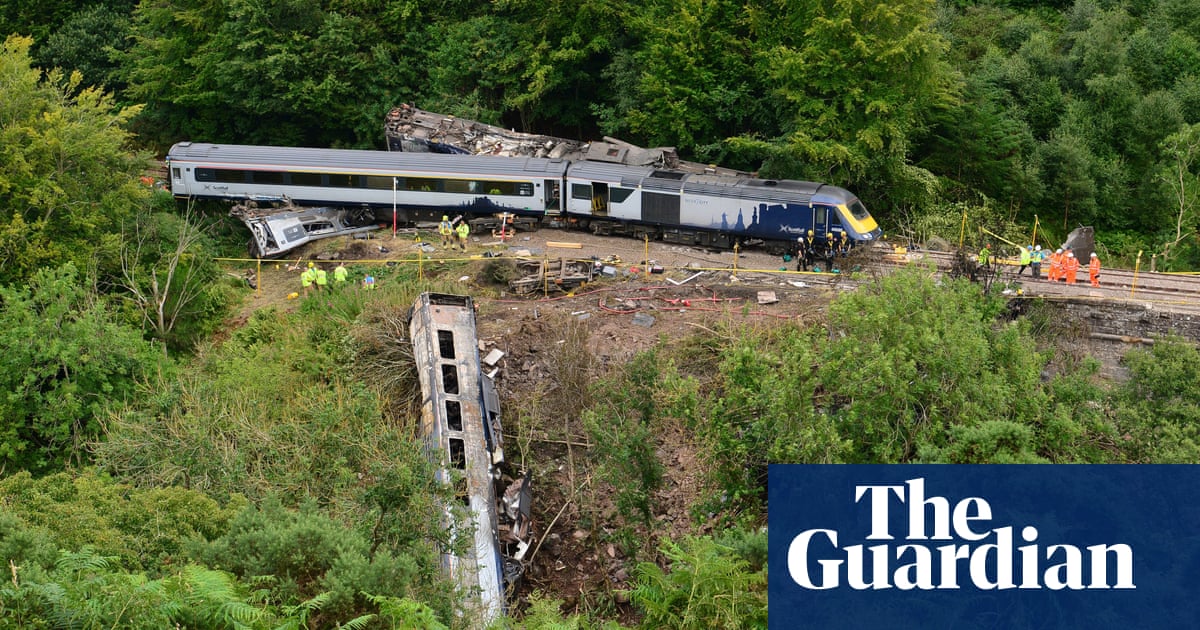
“He used to say, ‘24 hours [in a day] is not enough for me!’”
Bibhuti Ghimire’s voice breaks as she describes her father, a well-respected pilot in Nepal and a multitalented man with a flair for music, who would get bored with playing the piano and move on to the harmonium. “And he loved to fly.”
At 9.55am on Sunday 29 May, Captain Prabhakar Prasad Ghimire took off in a Canadian-made DHC-6-300 Twin Otter, operated by Tara Air, for what would be his final flight. Having waited more than three hours for conditions to clear, he was only 12 minutes into the flight, from Pokhara to Jomsom, when all contact was lost.
The plane had veered into a mountainside at about 14,500 feet. Ghimire, the two crew and all 19 passengers perished. It took more than two days for the search and rescue teams to locate all of the bodies, with efforts hampered by bad weather.
The crash again highlighted Nepal’s poor aviation safety record, particularly for its domestic services. It was the 104th non-military disaster since 1955, and the seventh by an airline along this route in the past 30 years. Previous disasters have, since 2013, resulted in an EU ban on Nepali airliners, and the crash in May led to renewed calls for the government to spend more to protect domestic flyers.
“More can be done,” insists Ashok Pokharel, president of the Nepal Association of Tour Operators. “For example, the older aircraft don’t have modern weather radars. That could be mandated so the captain has real-time weather information for what he is flying into.”
The plane Ghimire was piloting had its first flight in 1979. It was not equipped with GPS technology that could have been used by the pilot in poor visibility and perhaps could have saved lives.
“We can’t afford to keep flying aircraft that are 43 years old,” says Captain Bed Upreti, himself a highly experienced pilot.
A majority of fixed-wing accidents in Nepal occur with short takeoff and landing (Stol) aircraft. These planes travel to hard-to-reach locations, such as Jomsom or Lukla, a popular starting point for visitors to Mount Everest.
“Especially if they are Stol aircraft, the technology, or lack of, is dangerous to be flying in a place like Nepal,” Upreti says.
Questions are being asked as to whether pilots involved in crashes in Nepal at low altitudes have the information and technology needed to avoid making errors, before and during flights.
“We are not able to provide required operational weather service for domestic flight routes that operate under 10,000 feet,” says Dr Archana Shrestha, a senior meteorologist with the Nepali government.
There has been significant investment in meteorological observation and forecasting for international travel at Nepal’s Tribhuvan international airport. However, advances in domestic services have been lacking, with pilots often relying on observations from airport weather stations.
“The government needs to spend more on aviation meteorological institutional development and service delivery along with the construction of airports,” Shrestha says.
Family and colleagues of Ghimire were shocked by the manner of his death.
“He was known as the pilot who would never fly under poor circumstances. He would cancel the flight, despite the losses the airline would make,” his daughter says.
The plane he was flying came down during the pre-monsoon season, when cloud formations can quickly engulf mountainsides and, combined with unpredictable wind and air pressure changes, make the route even more treacherous. Usually, there is just a short window, first thing in the morning, when it is safe to fly.
There is a sense in Nepal that, given the forces of nature in the region, such catastrophes are perhaps inevitable.
In September, once the monsoon ends, it is predicted that the country will open up to tourists for its busiest season in years, following the lifting of Covid restrictions. Around the same time the investigation report into the 29 May crash is likely to be published. Whatever the findings, the question remains whether Nepal’s domestic air services are ready to keep passengers and crew safe, especially as tour operators seek to make up for lost time.
“We just hope that, through this accident, the lessons are learned so that it can never happen again,” Bibhuti Ghimire says.
The Civil Aviation Authority of Nepal said it would not make a statement on the crash until after the findings of the report were published.












